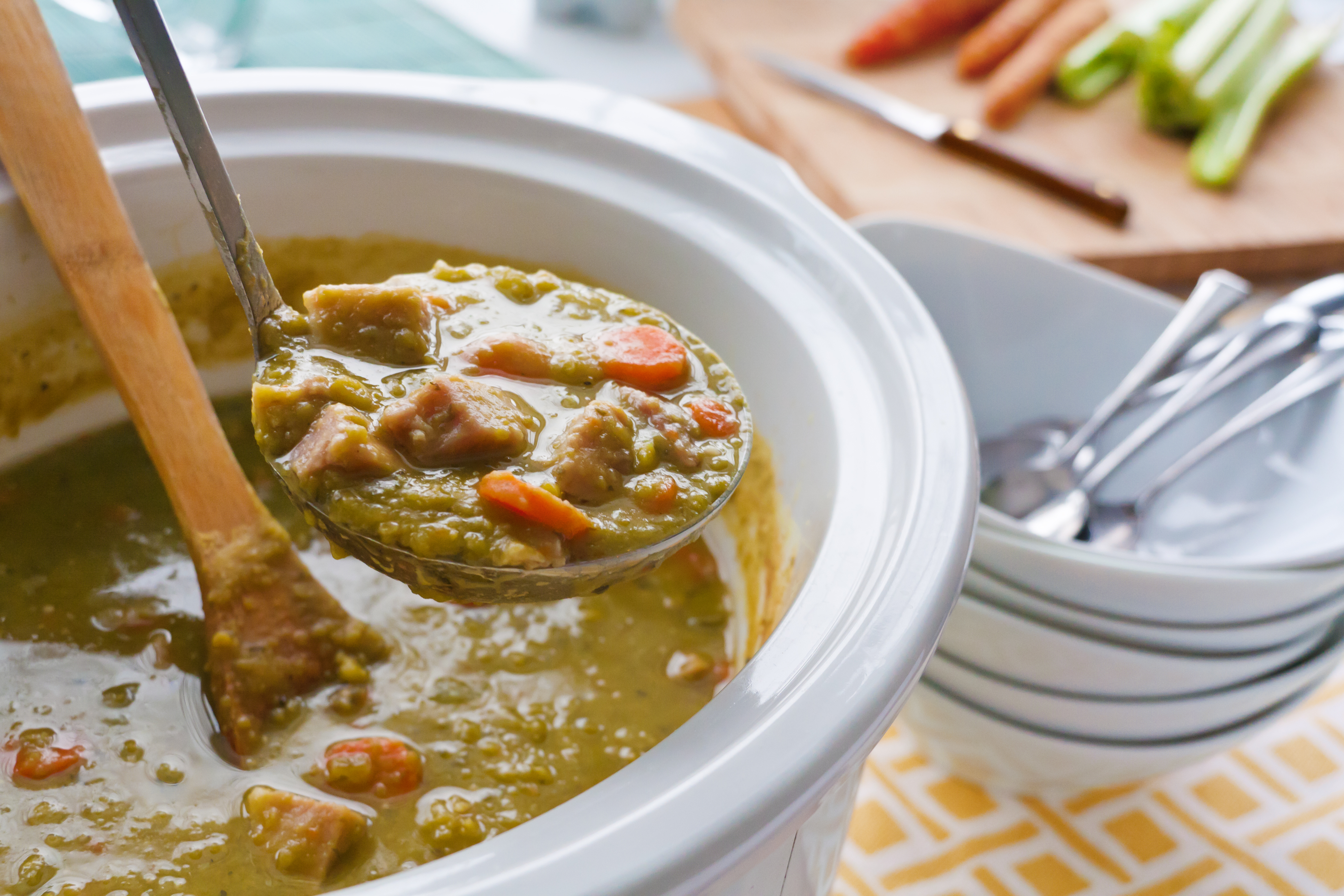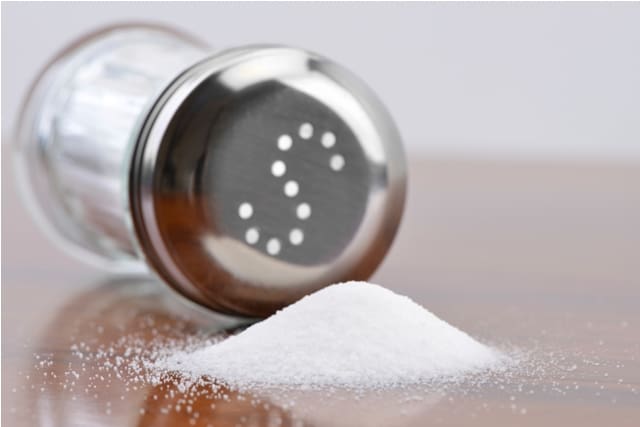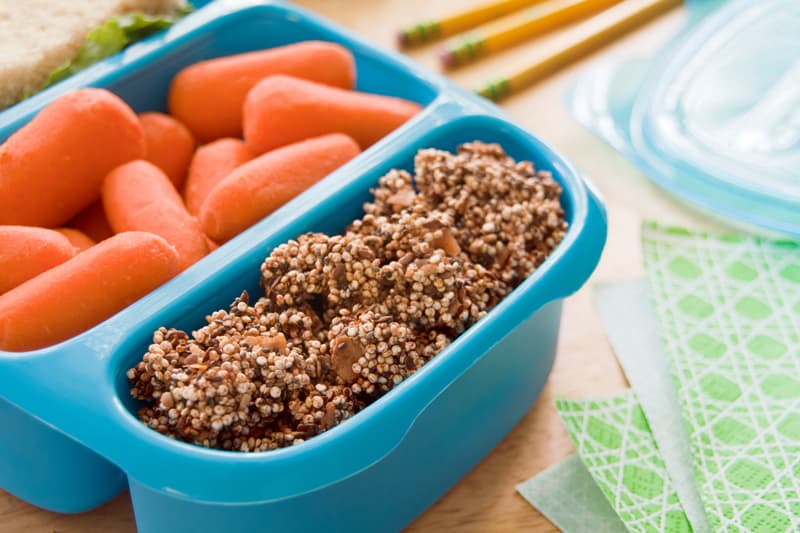
Our dietitian, Allison Stowell, and scientific advisor, Kit Broihier, just came back from the 2017 Food and Nutrition Conference and Exposition. They tasted a few new products and brought home some videos of their thoughts and reactions to share.
Nutritious choices made simple®

There’s no denying the convenience factor of a slow-cooked meal that just takes a few minutes of preparation, cooks all day while you’re busy living your life and then is ready when you need a hot dinner. Whether you are using the slow cooker mode on your Instant Pot or the trusty slow cooker you’ve had for years, it’s important to keep food safety in mind. After all, the food is cooking “low and slow” a long time, and then often waiting for you on the “keep warm” setting for a while—there is potential for bacteria to multiply to dangerous levels if good food safety practices are not employed. As author of a couple of slow cooker cookbooks, and having used a slow cooker since I was in college, I’ve had my share of experience with these machines.

A study published this year examined the diets of adults from three different geographic regions of the U.S. and found that sodium added to food outside the home was the leading source, accounting for about 70% of total sodium intake. And, although the amount varied in some subgroups of the study sample, it was still the leading contributor for all groups. (Only about 10% came from salt added at the table or during cooking at home.) This finding matches well with public health recommendations to reduce sodium intake from take-out, convenience and restaurant foods as a primary strategy to decrease sodium intake in the U.S.

Whether you’re sad that summer is coming to a close or you’re ready to ring in autumn season with your first pumpkin-spice latte, you can’t deny that the end of summer brings with it a sort of diet reality check. I don’t mean weight loss diet; I mean your overall diet. Even if there is no “back to school” hoopla going on at your house, I’d venture to say that that September’s arrival still means a switch away from the breezy, more impromptu meal style of summer and back to the more organized meal style of fall.

Coming off of the summer months into full-swing harvest time, it’s easy to load our diets with fresh fruits and vegetables—and as any good dietitian will tell you, that’s a great thing! Take advantage of the ample supply; pile those plates with fresh, seasonal produce and you’ll reap plenty of vitamins, minerals, health-promoting phytonutrients and fiber as well.

A good hike on a beautiful day is one of my favorite ways to enjoy the outdoors. There’s just something about putting on those hiking boots or trail shoes and setting off for a few hours of trekking in the woods that is good for body and soul. It’s also good for working up an appetite (or at least a thirst). Even if you’re just hiking for a short while, it pays to always be prepared with food and drink. Here are a few tips for satisfying your hunger on your next hike…

Wave goodbye to GORP (“good old raisins and peanuts”) and “bug juice” (fruit punch)—staples of my childhood camp days long, long ago. Times change, and certainly kids are more used to eating sophisticated foods than they were back when I headed off to camp with my little canteen and “mess kit.” (I loved the tiny fork and spoon that came with it!) These days, the expectations for camp cuisine is higher than ever, and some camps tout menus that rival those of restaurants! So what’s the problem? There might not be one (lucky you!). But some kids have eating habits or issues that can create anxiety at the dining hall. Here I cover some of the common issues and offer suggestions for helping your camper conquer the chow line.